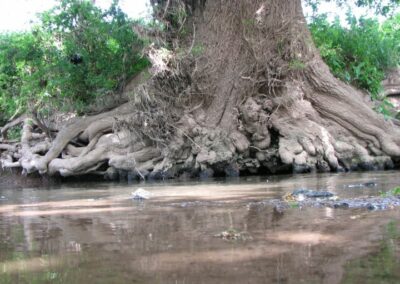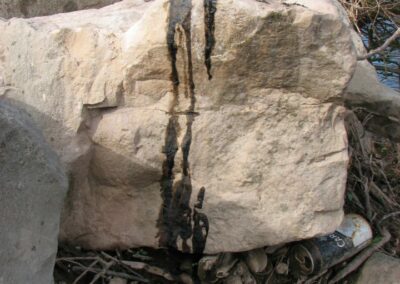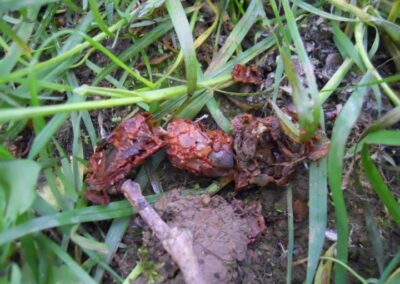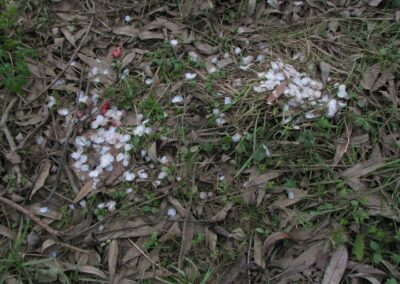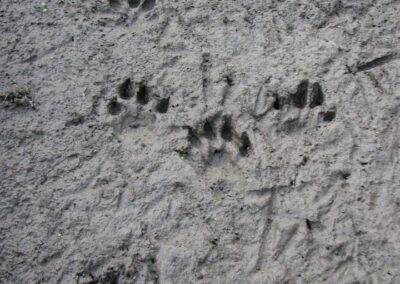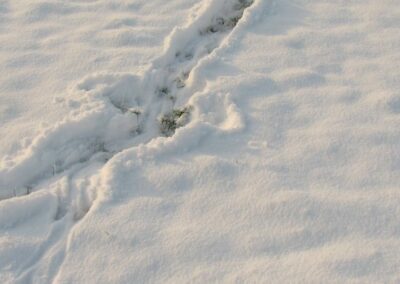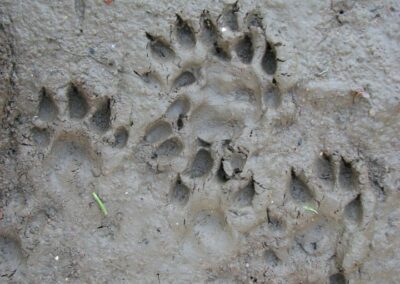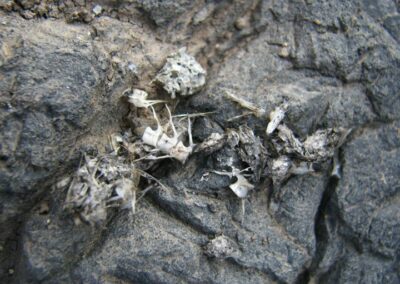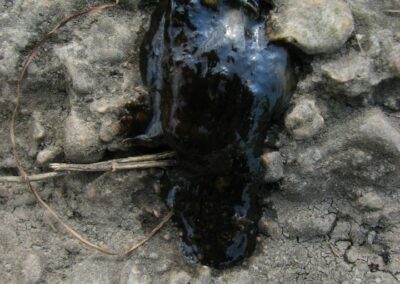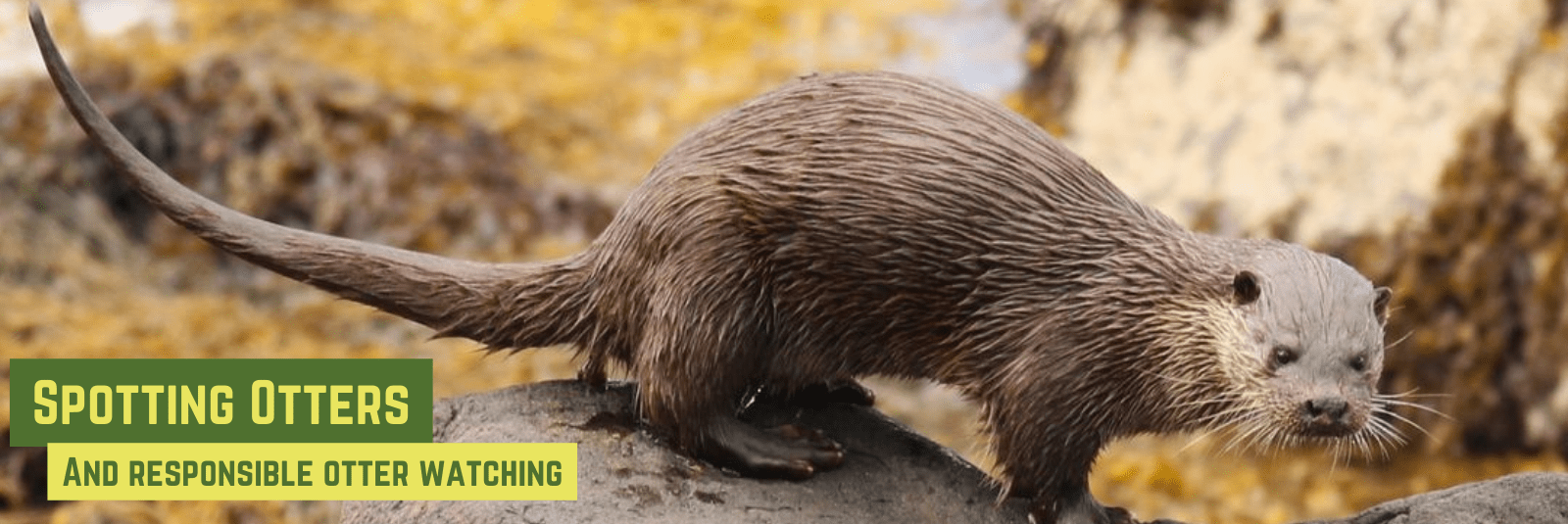
For otter spotters: How to watch otters responsibly
Many people ask us where they can see otters. It’s important to watch them responsibly, so we’ve produced a simple advice guide to help you to understand the dangers that otters face — and to help you enjoy them as much as we do.
One of the golden rules is to please take your litter home with you, because this can seriously injure all wildlife. Ring pulls and empty cans, for instance, can be a hazard to otters in or near water, not to mention the risk of cutting humans or other wildlife. Plastic can holders (the type that hold your larger cans together) are a particular hazard to otters as they are inquisitive animals, and often get their head stuck in these, while empty plastic carrier bags pose a potential threat to many species.
If you suspect pollution of watercourses, please call the Environment Agency as a matter of urgency to report this ASAP.
Our guide to responsible otter-watching
1: Do your research. It’s important to know your target species’ habitat, behaviour and feeding patterns before setting out. Do your homework to ensure that you’re fully educated before venturing out to otter spot.
2: Prioritise species safety. Never put a photograph, film clip, or personal experience before the welfare of the otter.
3: Know your companions. If you’re going out with another photographer, ensure that you know them and their behaviour, and that you’re both on the same page.
4: Wear waterproof, but silent, clothing. Otters have acute hearing and will hear you from a long way off.
5: Always stay downwind. Otters also have an acute sense of smell!
6: NEVER BAIT AREAS OR OTTERS. Doing so may change otter behaviour patterns and will be VERY detrimental to the species.
7: Never remove spraints (dung). These are very important, as they are used to communicate with other otters.
8: Stay aware. Please remain aware of how the otter is behaving. If it changes its behaviour, then there’s a good chance you have disturbed it and should leave quietly.
9: Never disclose exact locations on public or social media sites. This information may get into the wrong hands.
10: Always keep dogs on leads – no matter how well behaved they may be –and under control near watercourses and rivers, especially if you know that otters may be nearby.
11: Seek advice. If you’re unsure about anything at all, there are many good otter conservation and education groups that are willing to help you and answer any questions. Please feel free to contact us directly if we can help!
12: Keep track. Once you locate otters, take note of behaviour, weather and river conditions, numbers, and other general details of what you saw, along with times and dates. Please pass this on to an otter group in that area, so they can add the information to their database for monitoring and survey purposes. You can also report otter spots to us by clicking here.
This list is not exhaustive, but it gives you the basic rules of professional otter watching.
How and where to spot wild otters
Below is a selection of photographs of spraints, tracks and other otter signs. The best signs are of course tracks, but other signs are listed below.
Tracks/footprints: Otter prints can be found at the edge of river banks, in gravel, sand, and mud, and on tarmac if they have just left the river. They also have five toes – a distinctive sign that it’s an otter print.
Spraints: In other words, otter droppings. These are 2 – 7cm long, will contain fish bones and scales, be tarry and black but turn grey when old, and naturally, will smell very strongly of fish!
Anal jelly: This is a clear jelly-like substance that smells the same as spraint. This can also be black, but varies in colour.
Anal discharge: You may find anal discharges on rocks and boulders. There is a picture below to help you recognise this sign.
The best places to find otters and their signs are:
- Under and near bridges
- On banksides
- On boulders or rocks either in or near a river
- On old tree stumps or logs
- At either end of shortcut paths
- On gravel banks or sand and muddy areas
- Around ponds and lakes
- In marshes or reed beds
- At river junctions or intersections
When out looking for otters, please follow to this safety advice:
- Try to work in pairs
- Only enter the water if it’s safe to do so
- Avoid rivers in full flood or fast-flowing sections
- Beware of loose banks and slip hazards
- Do not drink the water
- Always wash your hands once completed
- Beware of ticks (which can carry Lyme disease) and consult your doctor should you feel unwell


